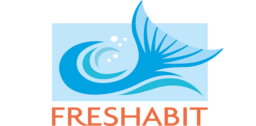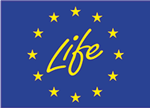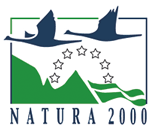Freshabit LIFE IP – Healing the Kingdom of Water
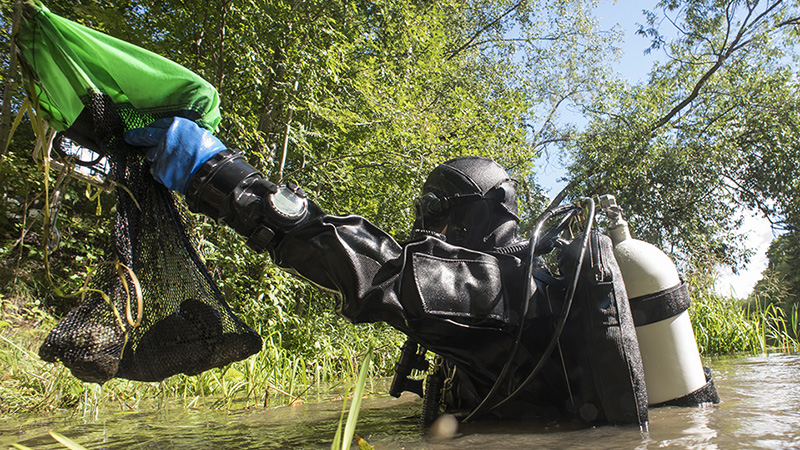
Project Results
After Freshabit LIFE IP
Freshabit LIFE IP Layman´s Report
How to restore aquatic ecosystems at Natura 2000 sites?
- The new handbook published by the Finnish Environment Institute and Metsähallitus, Parks & Wildlife Finland, gives an example.
- Vesistö- ja valuma-aluekunnostukset Natura 2000 -alueilla: suunnittelun toimintamalli. Suomen ympäristökeskuksen raportteja 37 / 2022 (helda.helsinki.fi).
- Abstract in English: Restoration and water protection of aquatic ecosystems at Natura 2000 sites: framework for planning.
The project Freshabit LIFE IP has finished. We constructed fish passes, revivived the freshwater pearl mussel population and restored streams, rivers, lakes, wetlands and peatlands. Our work improved the state of inland waters and the diverse forms of nature that are dependent on them. We produced fresh data and tools, as well as explained what was happening in the kingdom of water.
What do brown trout, people, and freshwater pearl mussels have in common? It is the need for clean water, a vital condition for all three. Freshabit LIFE IP was an extensive nature conservation project where we restored inland waters such as lakes, rivers and streams. We improved the living conditions and habitats of brown trout and freshwater pearl mussels – and, at the same time, hundreds of other species – which have often been suffering or destroyed because of human activity. The improvement of habitats begins in the head waters and drainage areas, where even large water bodies originate, and work is also carried out in lakes and main rivers.
 When you do something, do it properly: Seven years of extensive project included various types of work for the environment and nature, with approximately EUR 20 million. A significant 60 percent of the project budget was provided by the LIFE programme of the European Union.
When you do something, do it properly: Seven years of extensive project included various types of work for the environment and nature, with approximately EUR 20 million. A significant 60 percent of the project budget was provided by the LIFE programme of the European Union.
 As water bodies and drainage areas have no boundaries, the efforts of many people are needed. This includes an exceptionally large number of research institutes, government agencies, companies, organisations, and funding providers. Everyone was needed: Each brought their own special expertise to support others in the project.
As water bodies and drainage areas have no boundaries, the efforts of many people are needed. This includes an exceptionally large number of research institutes, government agencies, companies, organisations, and funding providers. Everyone was needed: Each brought their own special expertise to support others in the project.
Various restorations took place in eight different target areas, including streams, rivers, route waters, bird wetlands and other lake areas with their drainage areas. The target areas included Karjaanjoki, Koitajoki, Naamijoki, Ostrobothnia rivers, Puruvesi, Saarijärvi route, Southwest Finland rivers and Vanajavesi. In total, the restoration impact area was a whopping 80,000 hectares.
The objectives of the water restoration were to improve the habitat of water birds, freshwater pearl mussel, fish and other aquatic and wetland organisms. In addition to these objectives, restorations can promote the recreational use of the areas and increase their attractiveness or nature and landscape conservation values, which makes this work beneficial for both people and nature.
 From the beginning, the aim of the project was to spread the good, and to multiply the LIFE funding. We have succeeded. Projects complementing Freshabit are more than 100, with a total value of EUR 230 million. This is an impressive achievement for the good of nature, even in international standards. A part of the complementary projects originated from the Freshabit project, while others are cooperation with other projects. However, they all strive for a common objective: enhancing the status and diversity of aquatic habitats.
From the beginning, the aim of the project was to spread the good, and to multiply the LIFE funding. We have succeeded. Projects complementing Freshabit are more than 100, with a total value of EUR 230 million. This is an impressive achievement for the good of nature, even in international standards. A part of the complementary projects originated from the Freshabit project, while others are cooperation with other projects. However, they all strive for a common objective: enhancing the status and diversity of aquatic habitats.
Freshabit implemented the Prioritized Action Framework
The aim of the European Union is to halt the loss of biodiversity in its region. The Natura 2000 network of sites that are important for nature conservation safeguards habitat types and species defined in the Habitats Directive. An updated Prioritised Action Framework (PAF) has been prepared to support the implementation of the Natura network. The framework programme assesses how the crowdfunding ought to be directed in the implementation of the conservation of Natura 2000 sites, in order to ensure the conservation status of species and habitats. In other words, the programme indicates whether there is a need for complementary funding. Freshabit objectives were based on the PAF and as part of the project The Ministry of the Environment (MoE) established a PAF monitoring group related to the contribution of FRESHABIT towards the full implementation of the PAF.
Read more about our work
- in the story map of the Freshabit LIFE IP project (storymaps.arcgis.com)
- in the brochure Freshabit – Healing the Kingdom of Water (julkaisut.metsa.fi)
- in the story map: Towards a cleaner Puruvesi (propuruvesi.maps.arcgis.com)
Some of the materials produced by the project are in English. They are at our Finnish web page Materiaalit (Materials).
We have also made story maps about rehabilitating bird wetlands along the Vanajavesi route, about the work for the Tornionjoki sea trout, about new methods for assessing the status of streams, lake mapping and a shared story of the freshwater pearl mussel and the trout in the Karjaanjoki river. Links to the story maps are at our homepage in Finnish.
Contact information
Project Manager Jari Ilmonen
Metsähallitus, Parks and Wildlife Finland
jari.ilmonen@metsa.fi
tel. +358 206 39 4718
Follow us:
Facebook: FRESHABIT LIFE IP
Twitter: #freshabit #vedenvaltakunta #kingdomofwater
Partners
Metsähallitus, Parks & Wildlife Finland (project coordinator); The Association for Water and Environment of Western Uusimaa; Centres for Economic Development, Transport and the Environment in Central Finland, Lapland, North Karelia, North Savo, South Ostrobothnia, South Savo and Southwest Finland; city of Raseborg; city of Saarijärvi; DocArt Productions; The Finnish Association for Nature Conservation (FANC) and its district organisations in Central Finland, Ostrobothnia and South Häme; Finnish Environment Institute; Finnish Forest Centre; Finnish Society for Nature and Environment (Natur och Miljö); Geological Survey of Finland; Metsähallitus Forestry Ltd; Ministry of the Environment; Natural Resources Institute Finland; Pro Puruvesi (association); University of Helsinki, Lammi Biological Station; University of Jyväskylä; JAMK University of Applied Sciences (Jyväskylä); University of Oulu; Vanajavesi Centre; Vattenfall; World Wildlife Fund Finland.
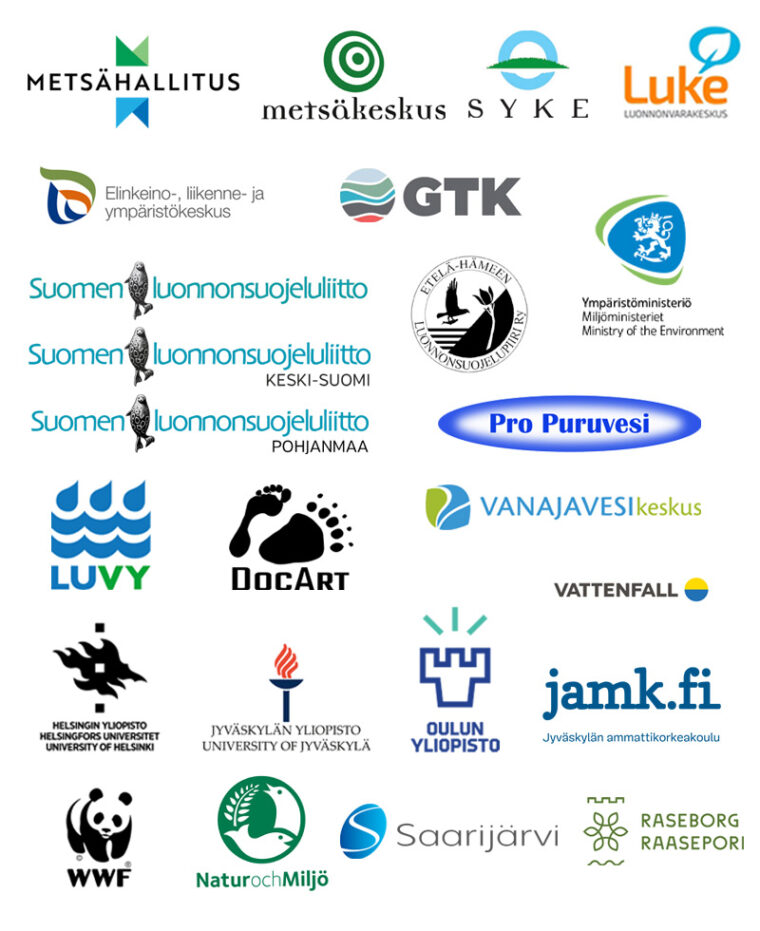
Co-financers
The Association for Water and Environment in Ostrobothnia; Centres for Economic Development, Transport and the Environment in Häme and Pirkanmaa; Esse River Fund; Koskienergia Ltd; Municipality of Kolari; Towns of Kitee, Lohja and Savonlinna; YLE Finnish Broadcasting Company
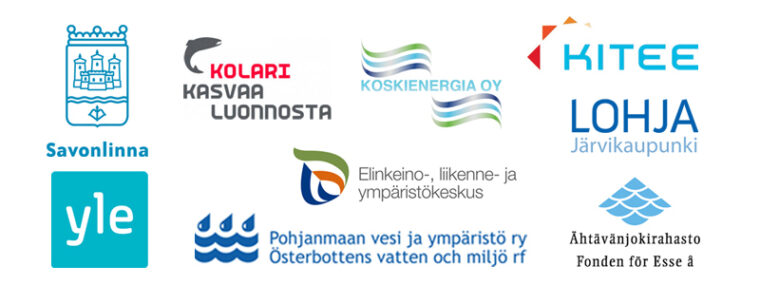
The project has received funding from the LIFE Programme of the European Union. The material reflects the views by the authors, and the European Commission or the CINEA is not responsible for any use that may be made of the information it contains.
Last updated 11 July 2024
